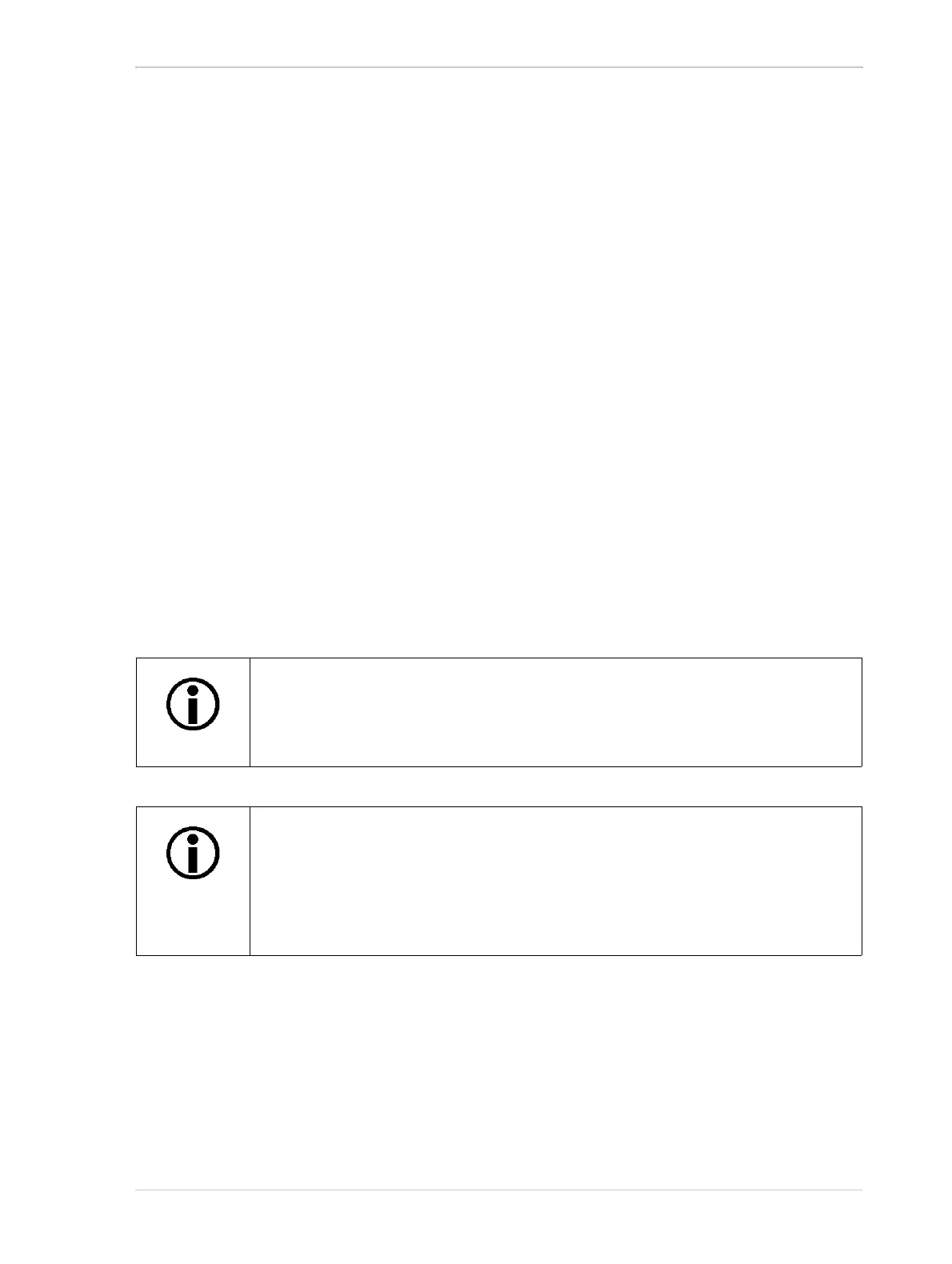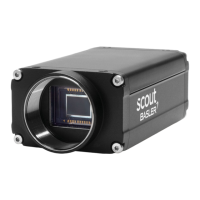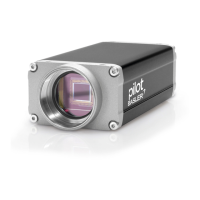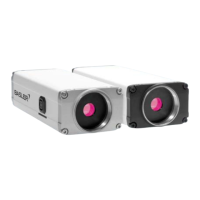AW00089317000 Standard Features
Basler ace GigE 283
10.13.3.3 Setting an Auto Function AOI
Setting an Auto Function AOI is a two-step process: You must first select the Auto Function AOI
related to the auto function that you want to use and then set the size and the position of the Auto
Function AOI.
By default, an Auto Function AOI is set to the full resolution of the camera’s sensor. You can change
the size and the position of an Auto Function AOI by changing the value of the Auto Function AOI’s
X Offset, Y Offset, Width, and Height parameters.
The value of the X Offset parameter determines the starting column for the Auto Function AOI.
The value of the Y Offset parameter determines the starting row for the Auto Function AOI.
The value of the Width parameter determines the width of the Auto Function AOI.
The value of the Height parameter determines the height of the Auto Function AOI.
When you are setting an Auto Function AOI, you must follow these guidelines:
The sum of the X Offset setting plus the Width setting must not exceed the width of the
camera’s sensor. For example, on the acA640-120gm, the sum of the X Offset setting plus the
Width setting must not exceed 659.
The sum of the Y Offset setting plus the Height setting must not exceed the height of the
camera’s sensor. For example, on the acA640-120gm, the sum of the Y Offset setting plus the
Height setting must not exceed 494.
The X Offset, Y Offset, Width, and Height parameters can be set in increments of 1.
For more information about the concept of a "virtual sensor", see Section 10.9.3 on page 261.
You can select an Auto Function AOI and set the X Offset, Y Offset, Width, and Height parameter
values for the Auto Function AOI from within your application software by using the Basler pylon
API. The following code snippets illustrate using the API to select an Auto Function AOI and to get
the maximum allowed settings for the Width and Height parameters. The code snippets also
On color cameras, we strongly recommend setting the X Offset, Y Offset, Width,
and Height parameters for an Auto Function AOI in increments of 2 to make the
Auto Function AOI match the color filter pattern of the sensor. For example, you
should set the X Offset parameter to 0, 2, 4, 6, 8, etc.
Normally, the X Offset, Y Offset, Width, and Height parameter settings for an Auto
Function AOI refer to the physical columns and lines in the sensor. But if binning
is enabled (monochrome cameras only), these parameters are set in terms of
"virtual" columns and lines, i.e. the settings for an Auto Function AOI will refer to
the binned lines and columns in the sensor and not to the physical lines in the
sensor as they normally would.

